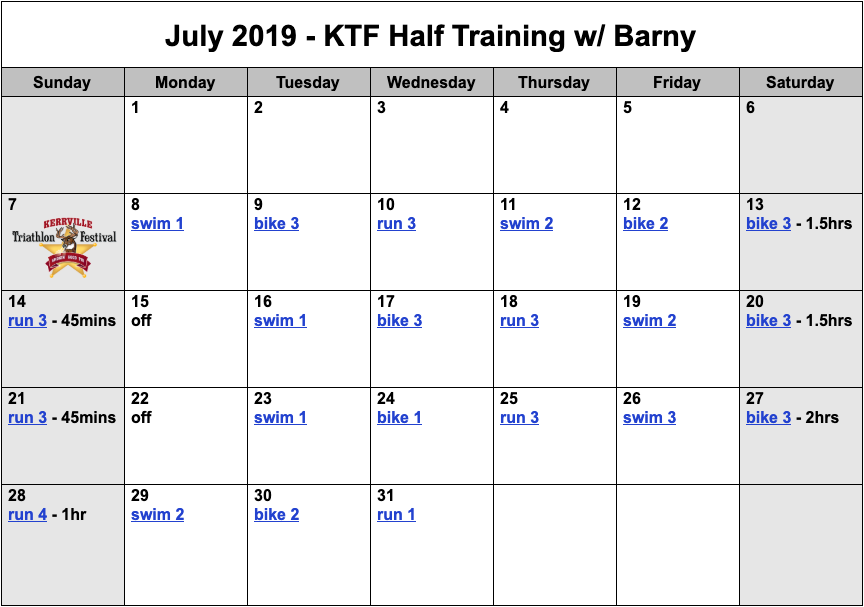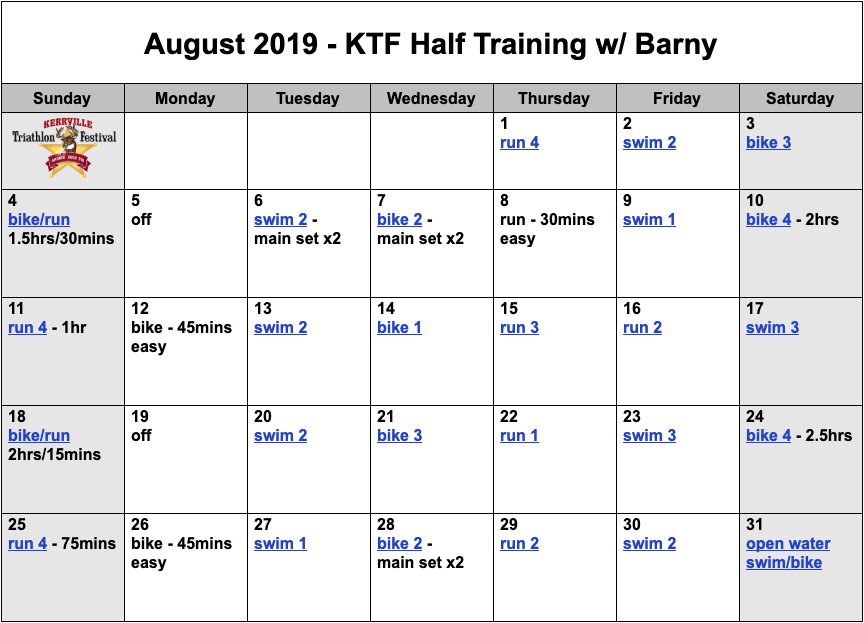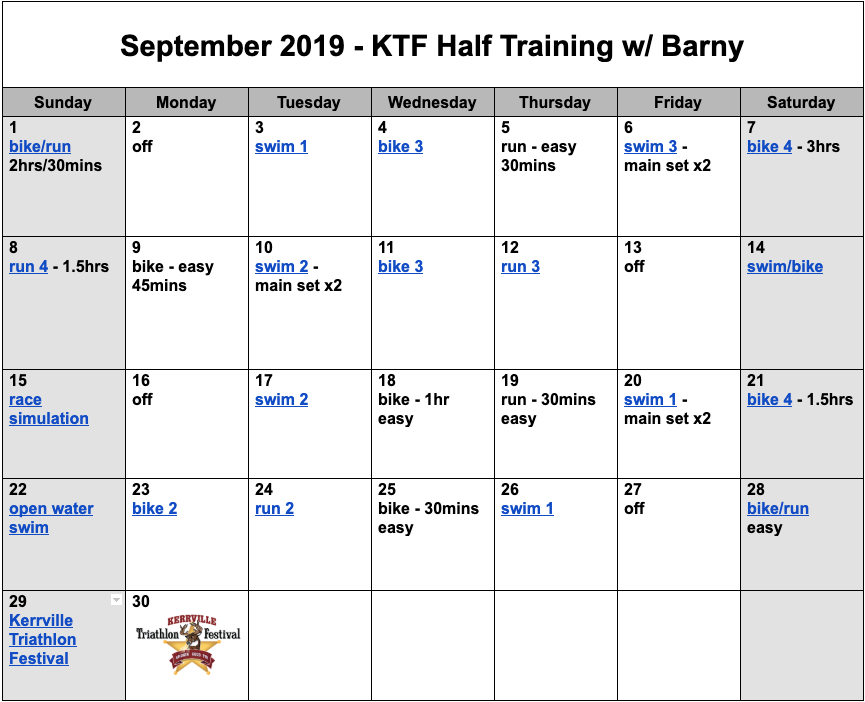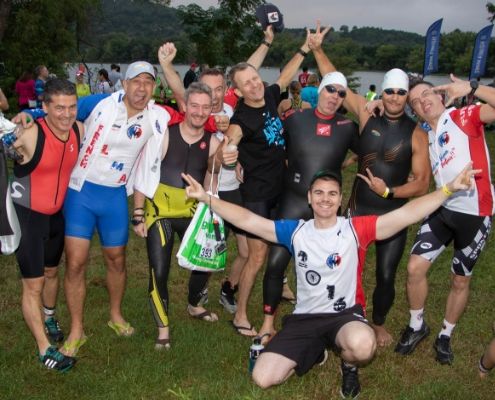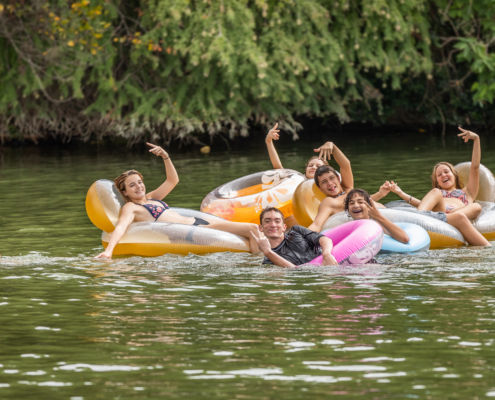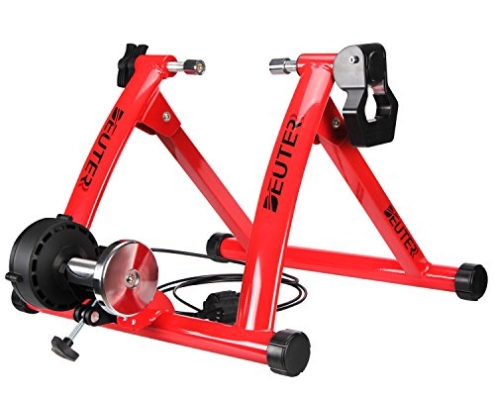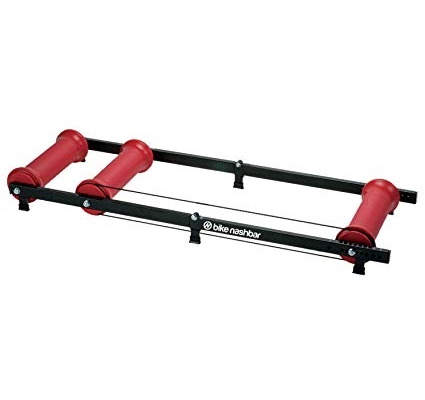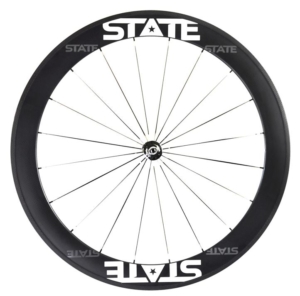3-month half distance triathlon training program to get you ready for Kerrville Tri
Professional triathlete and coach Paul “Barny” Matthews has put together the perfect 3-month half distance triathlon training plan to get you ready to complete the full 70.3 distance at this year’s Kerrville Triathlon on September 29th! Whether this is your first or your fifth half iron distance, download this training plan and toe the start line with confidence.
Matthews has won or placed at numerous IRONMANs and 70.3s. He broke onto the triathlon scene at the 2014 IRONMAN Asia Pacific Championship in Melbourne. The native Australian finished 2nd in his home country with a time of 8:02:14. He has also won some Austin races, including Rookie Triathlon and Jack’s Generic Triathlon.
This downloadable training plan is geared for triathletes who want to complete their first half distance triathlon. It’s also ideal for triathletes who want to set a 70.3 PR. You can further customize this training plan yourself by adjusting the specific workouts and their days to fit your busy life.
After you download Barny’s free training plan, click on the day’s workout to learn about the workout’s description. Each daily workout has been conveniently hyperlinked to the workout. This allows you to know precisely what you need to complete that day. This is handy if you have to switch days based on your hectic schedule!
Pro tip: when you have a rest day, take it!
If you want to take your training to the next level, then contact Matthews today. Make sure you ask for his special Kerrville Tri coaching rate! Follow him on Facebook, Twitter, and Instagram to see where he’s training and join him for a workout.

